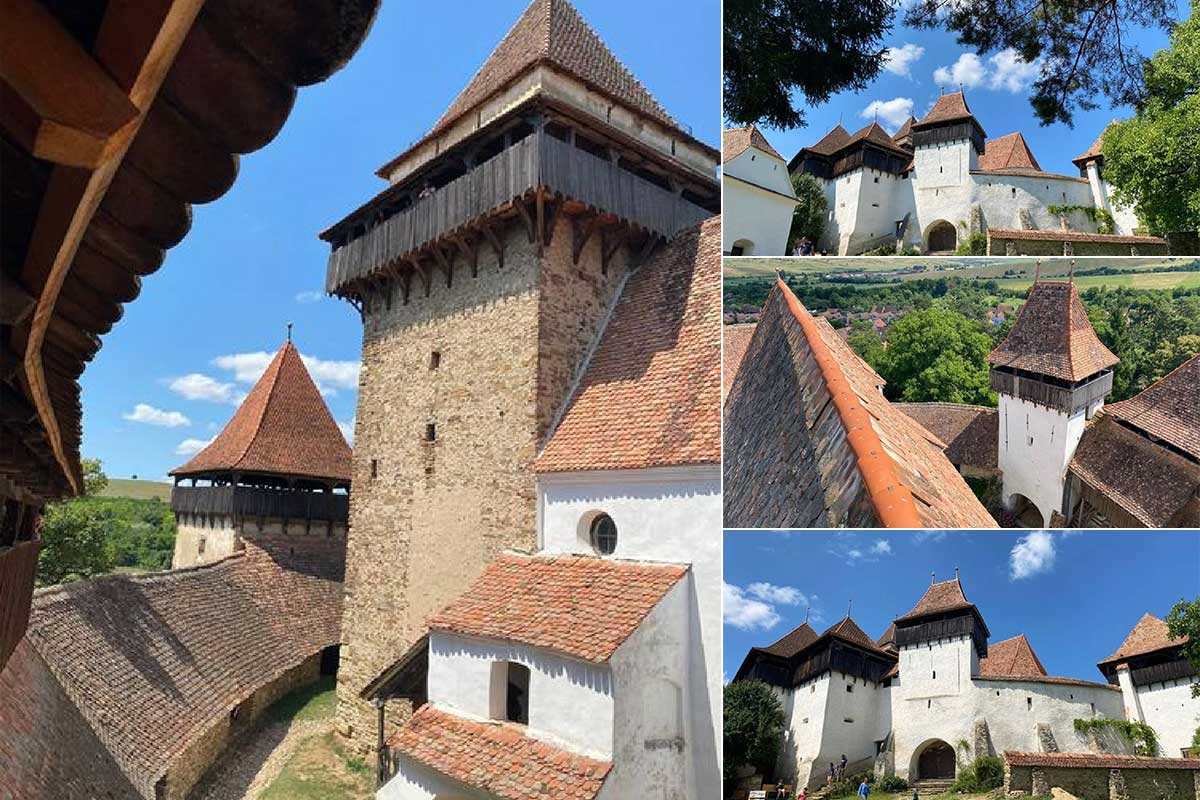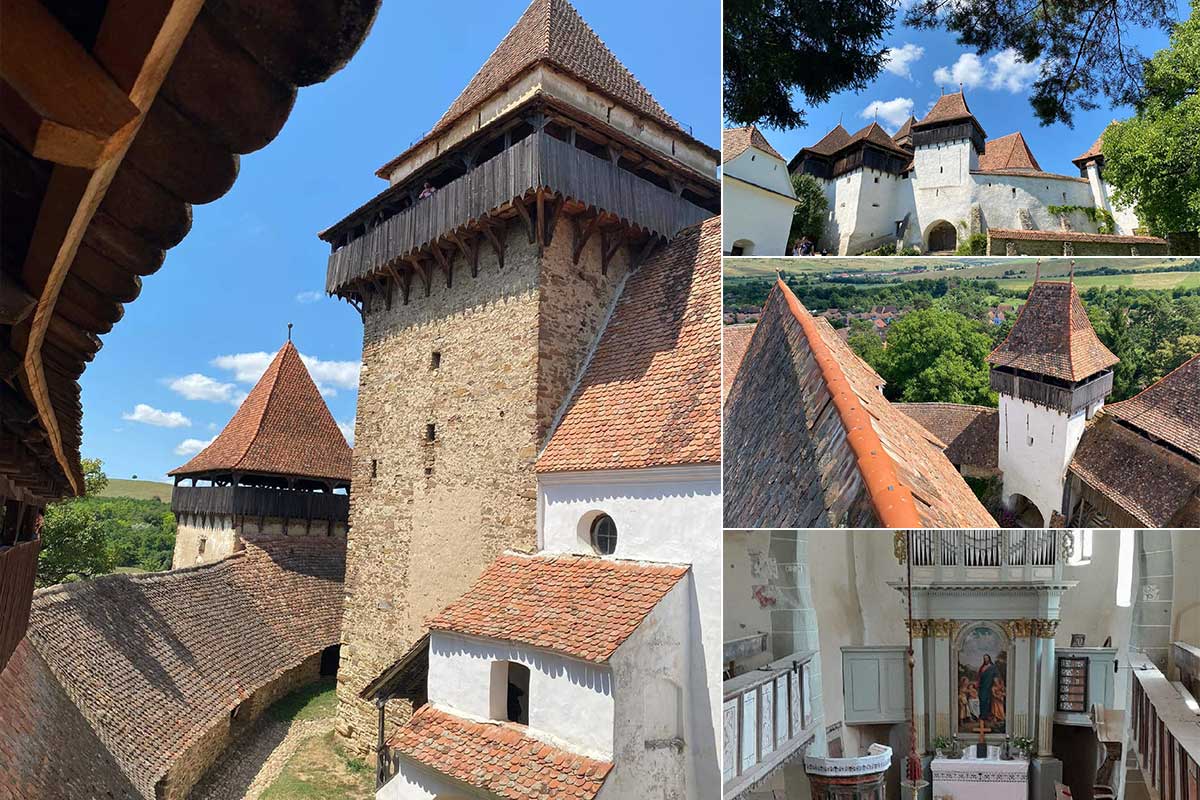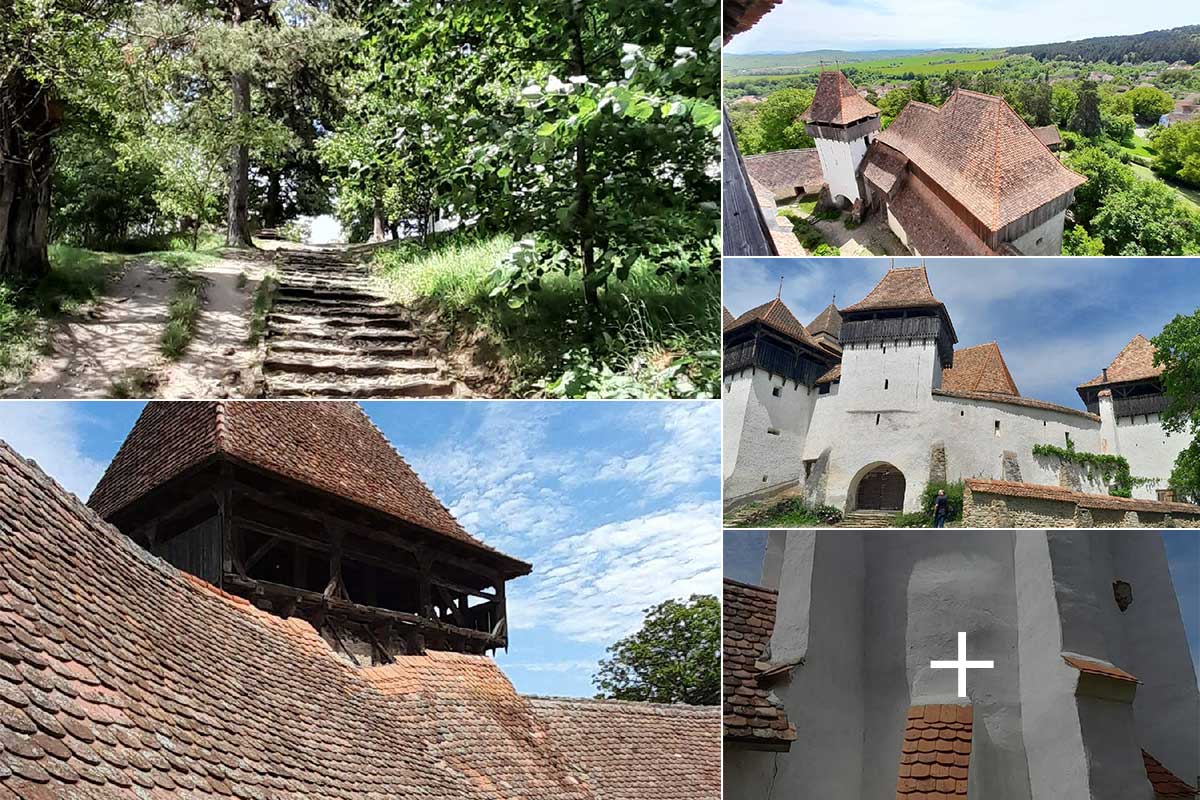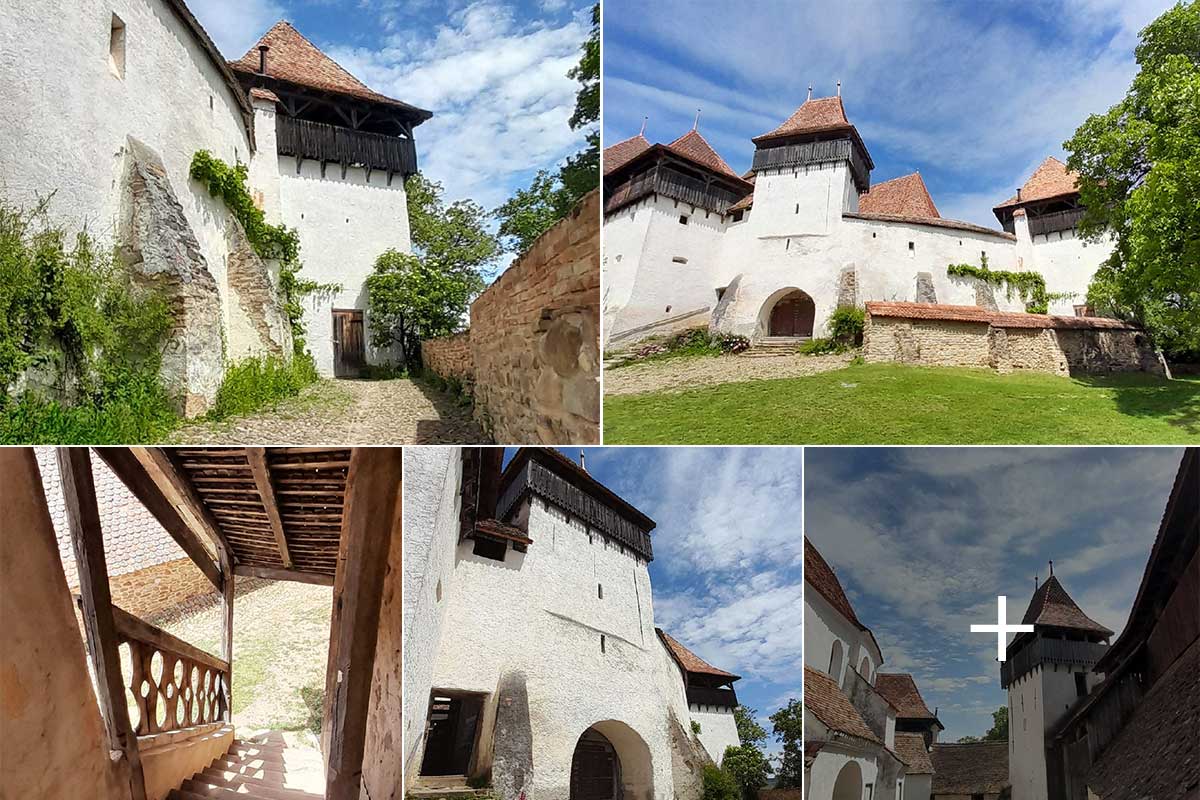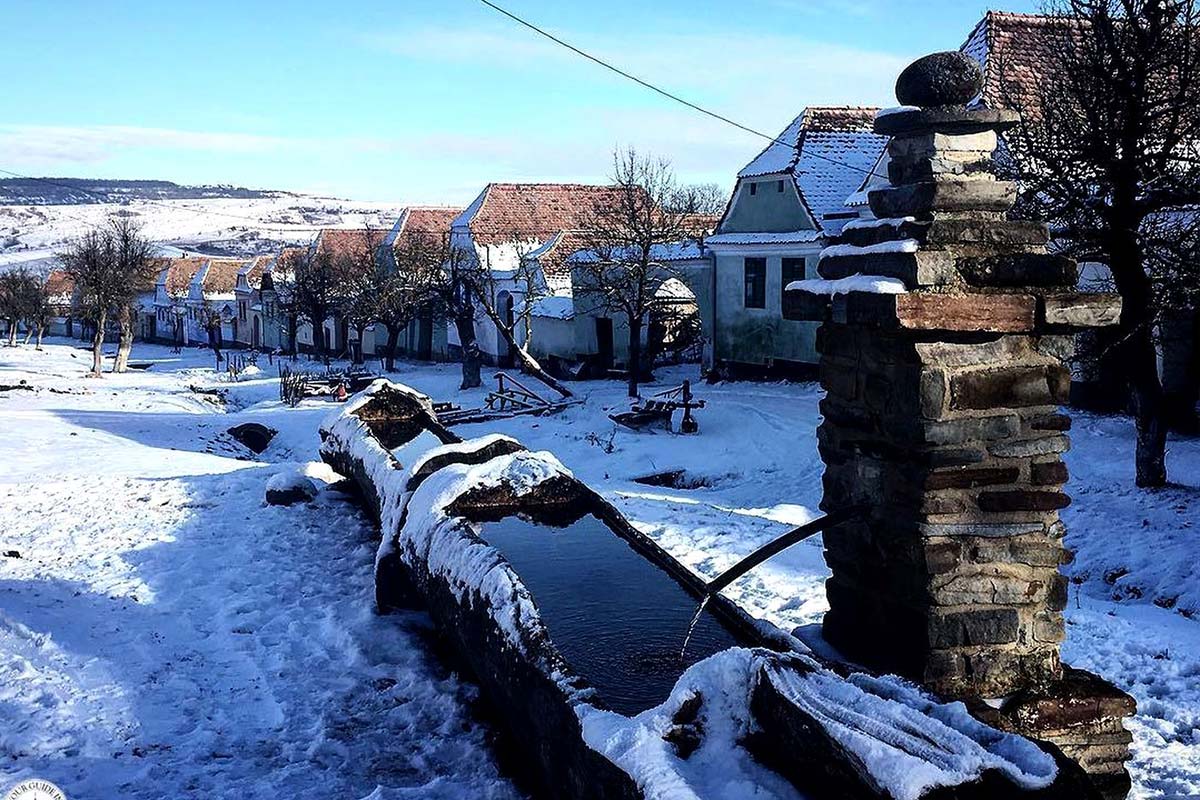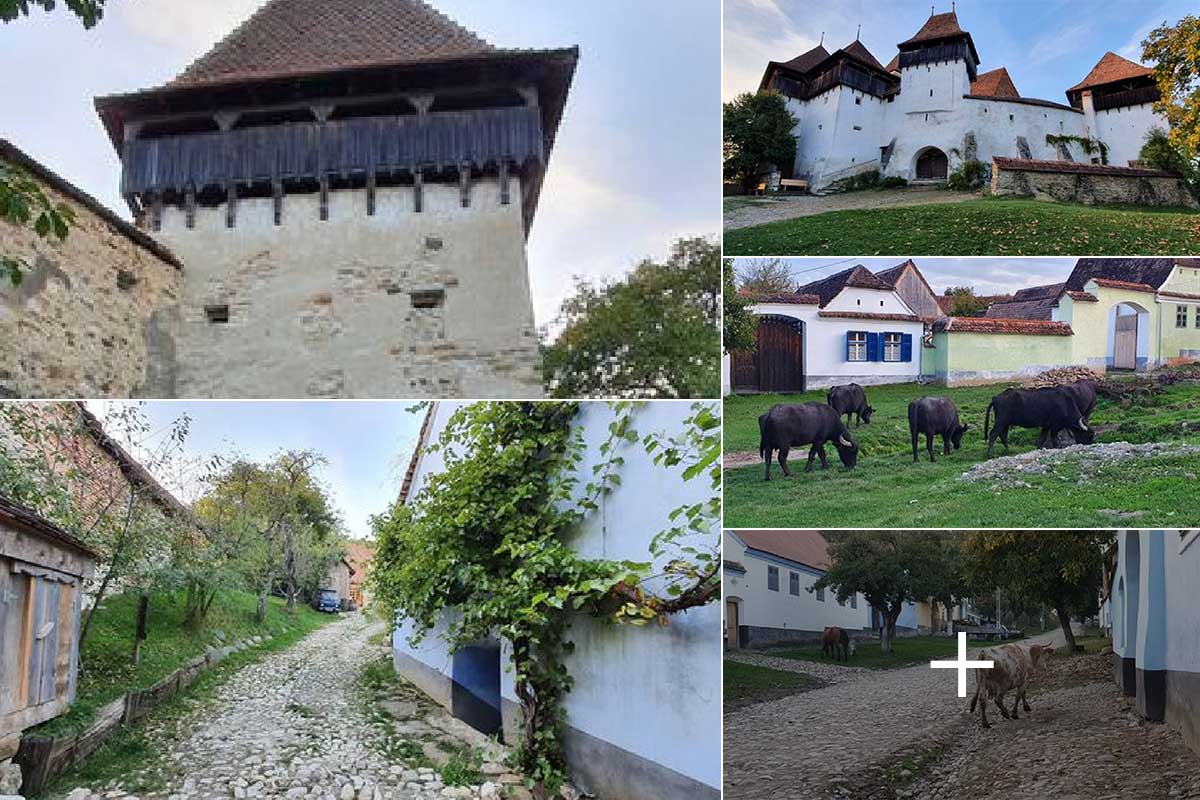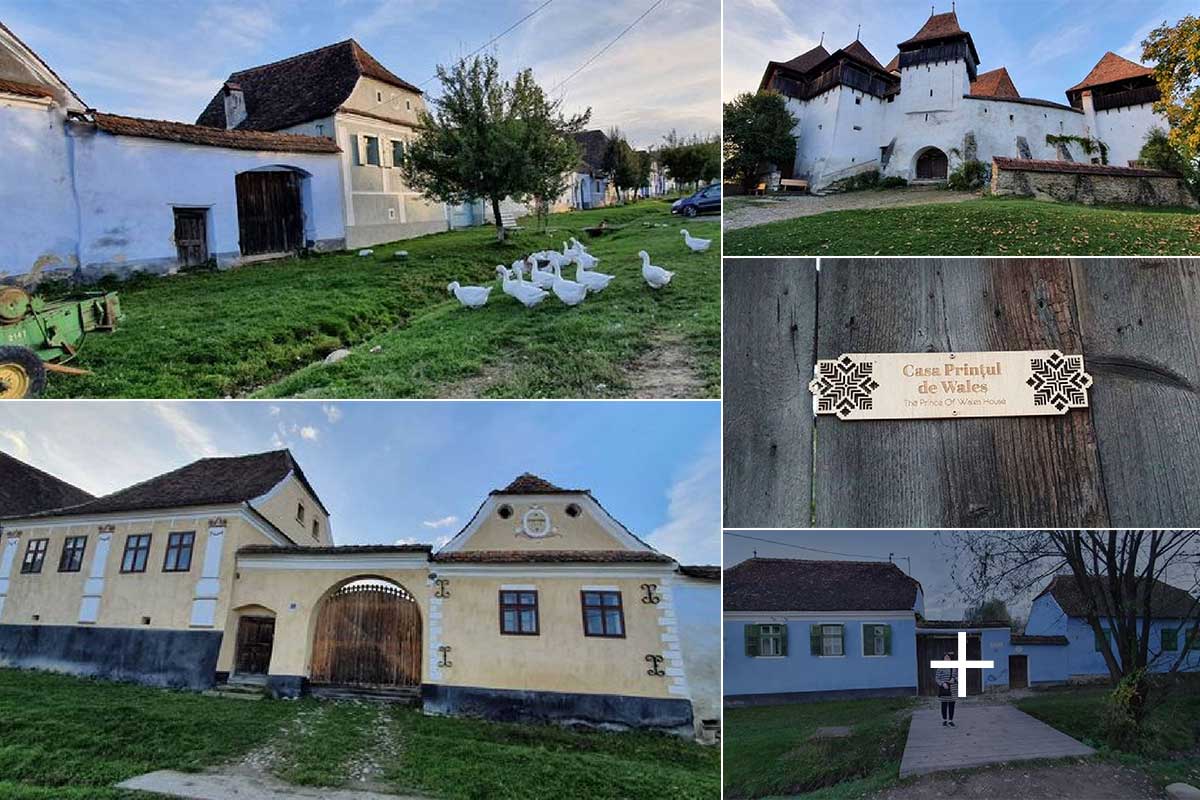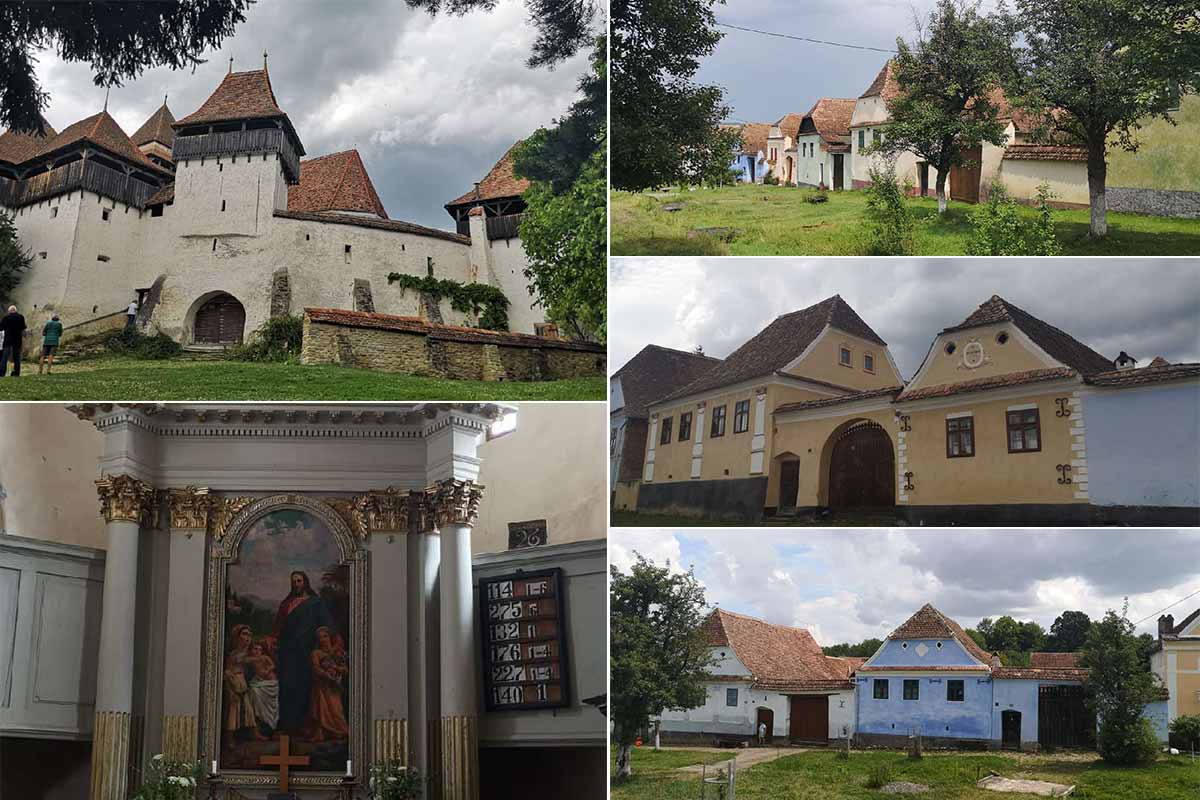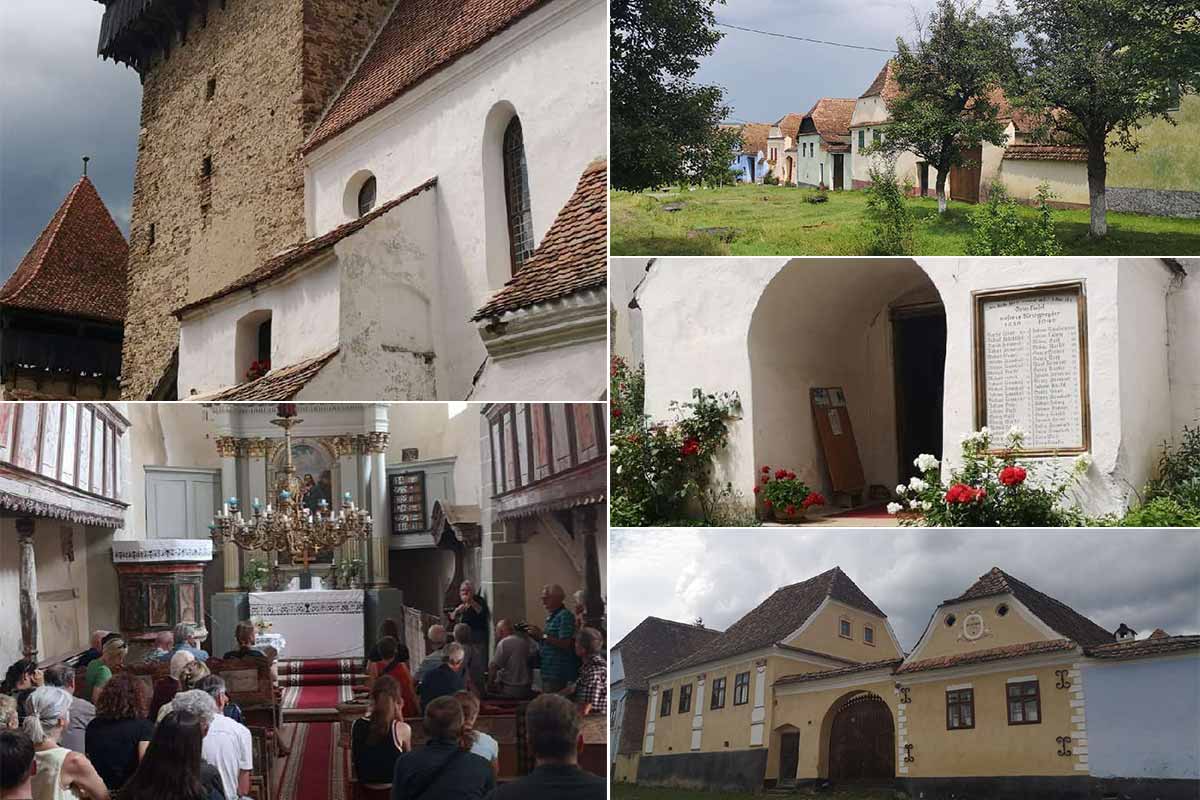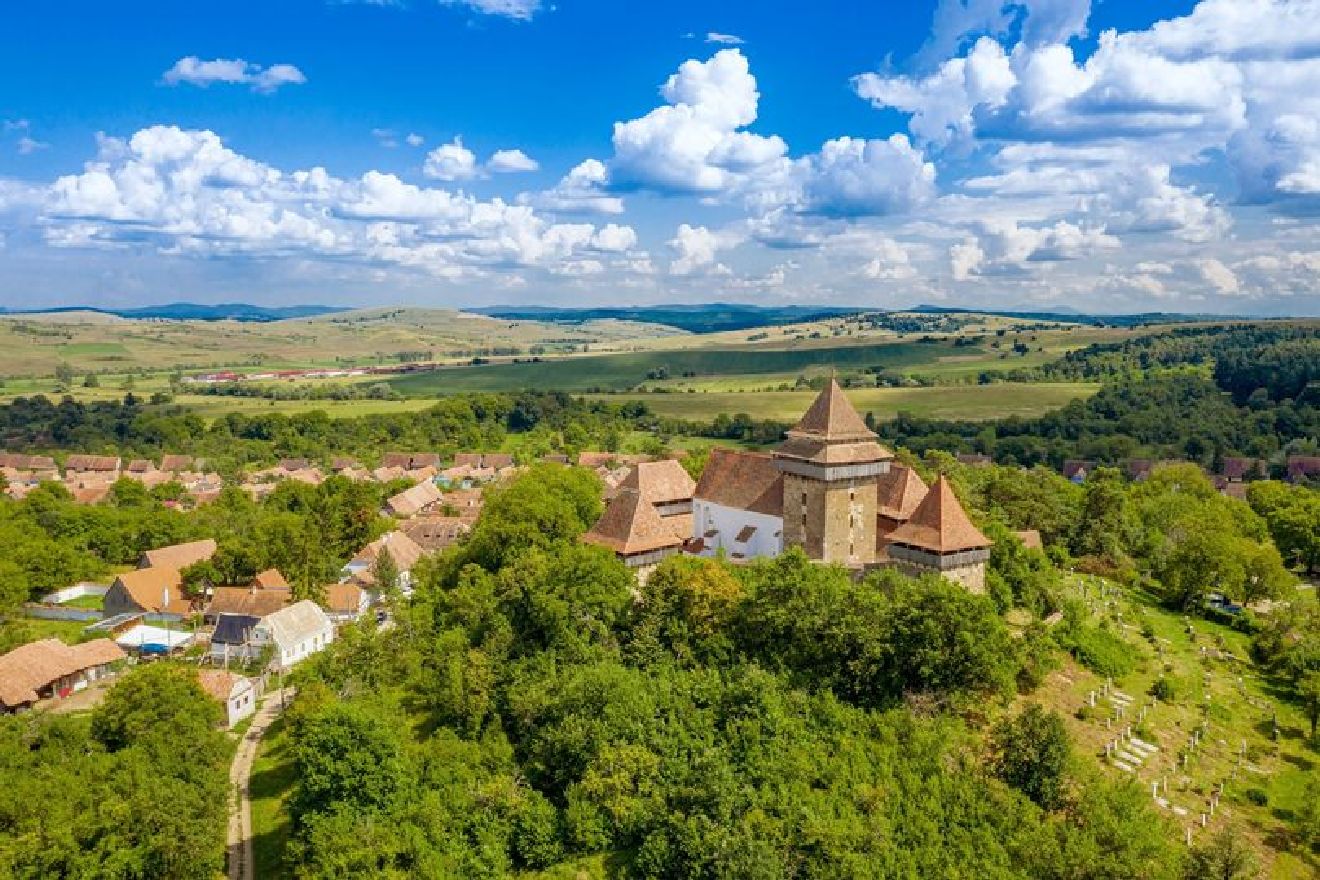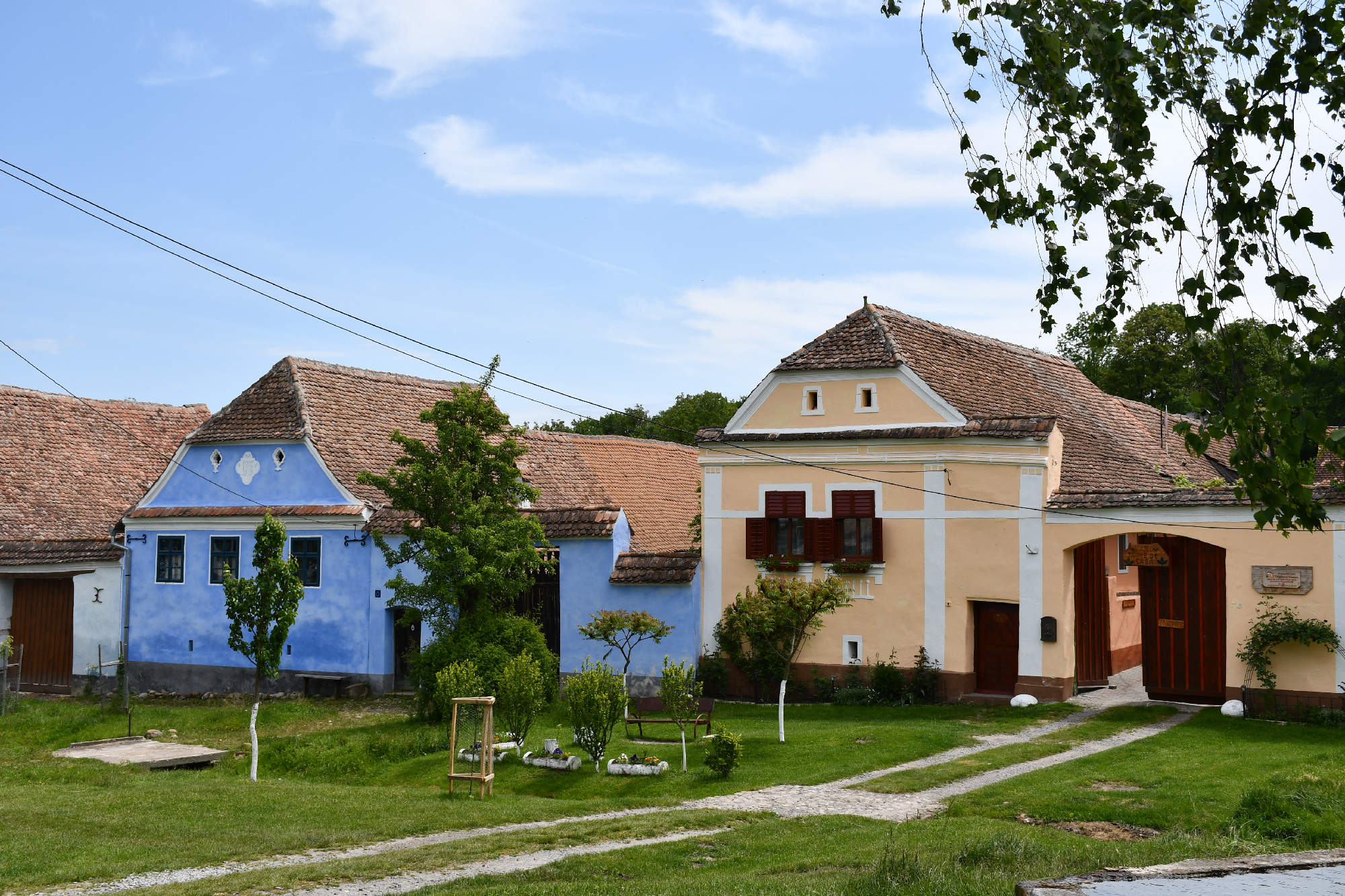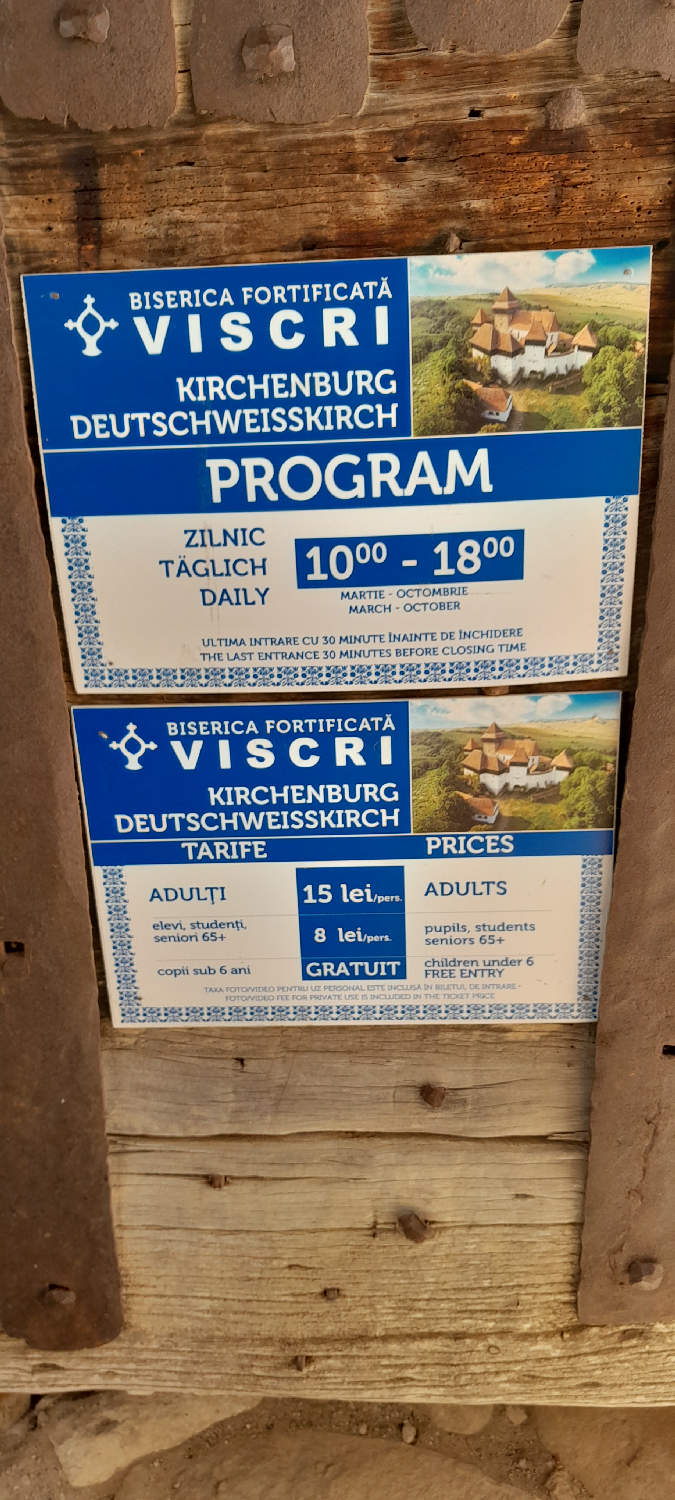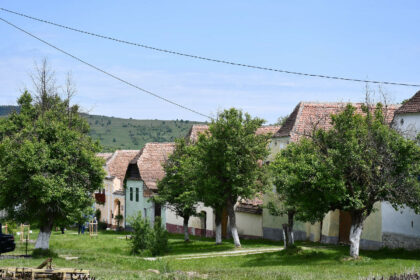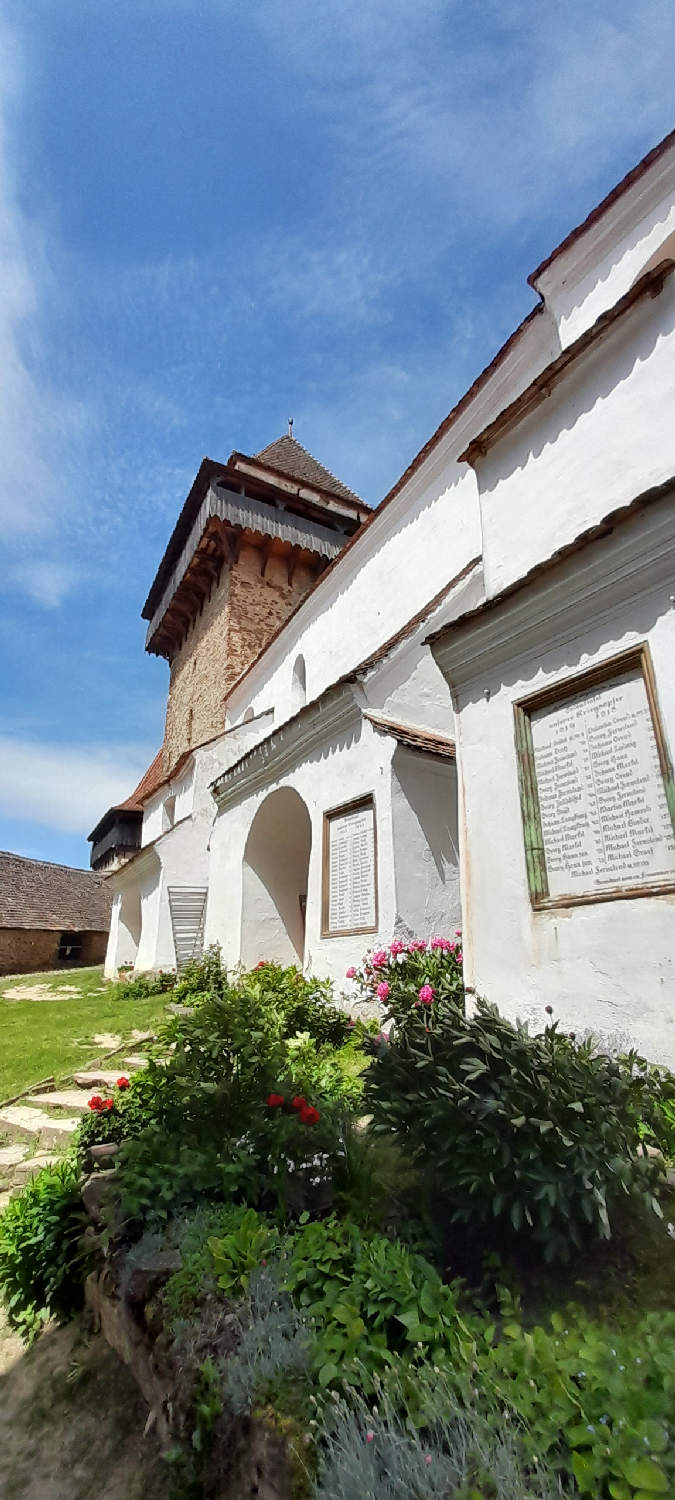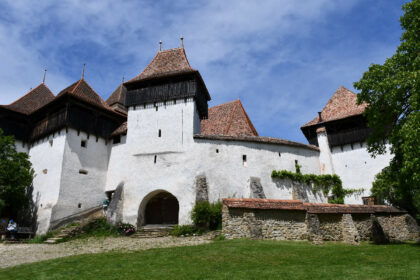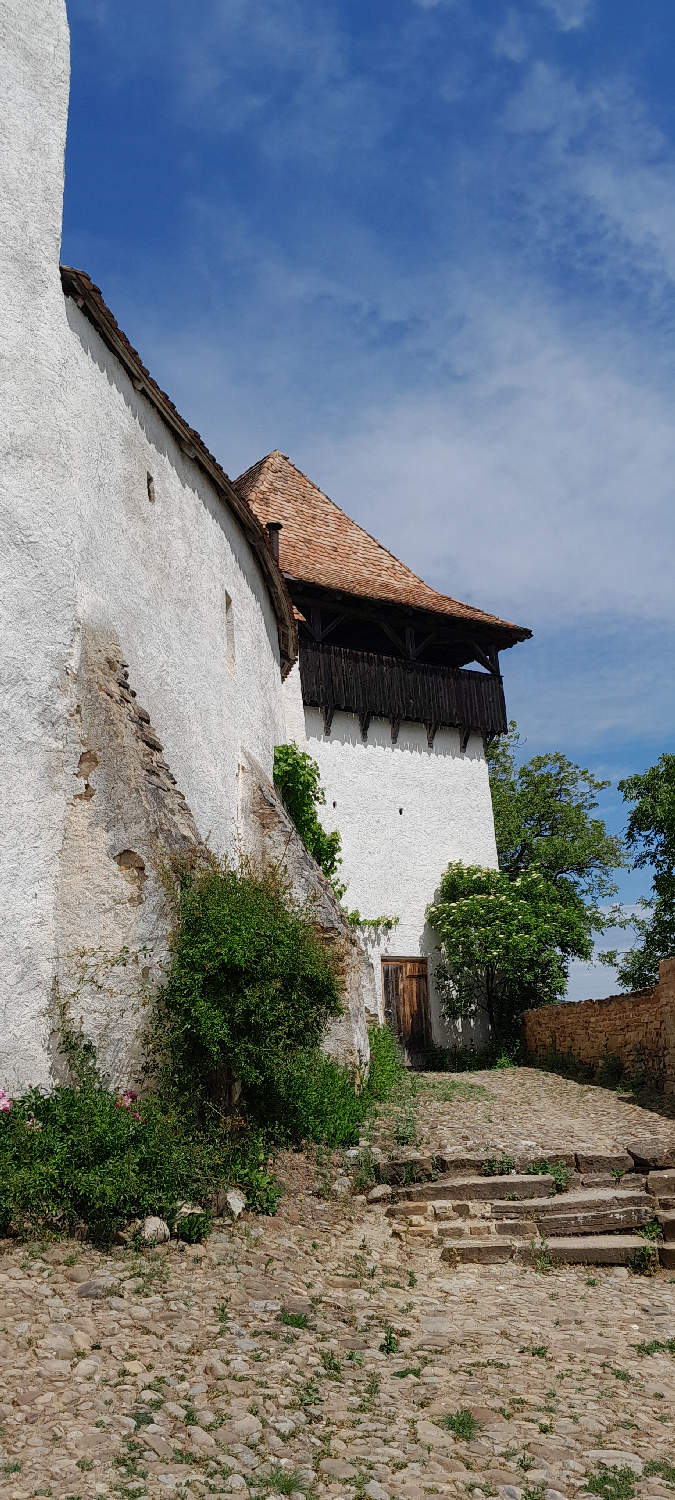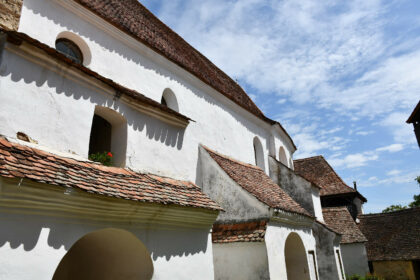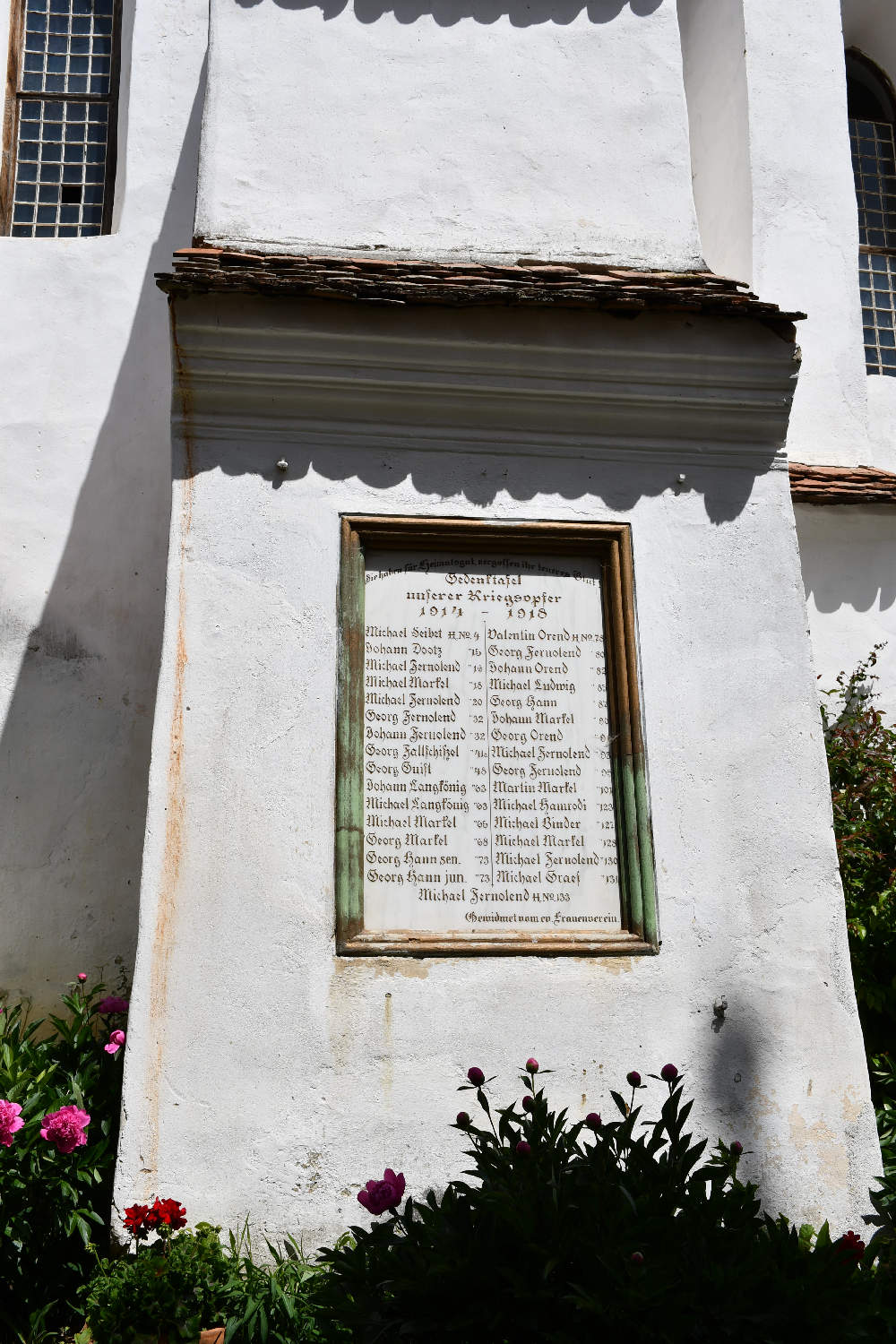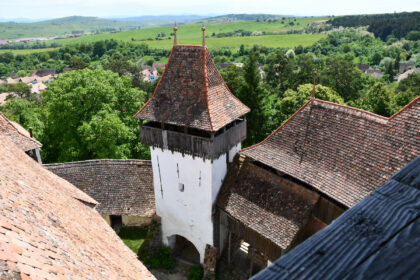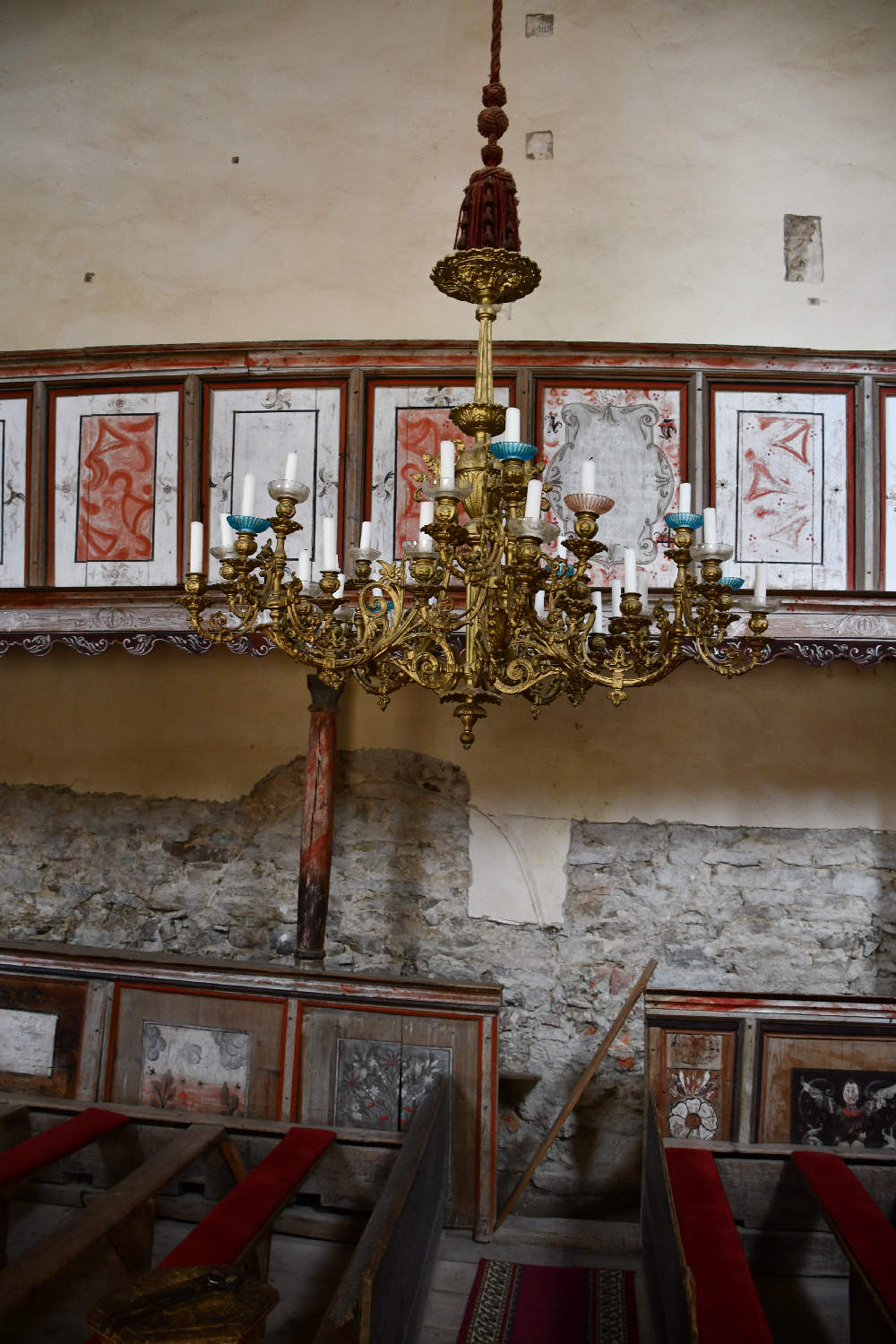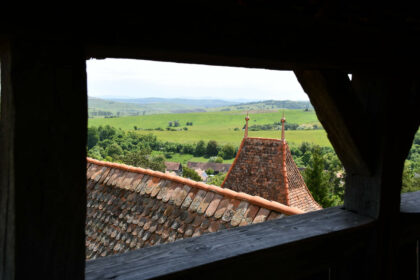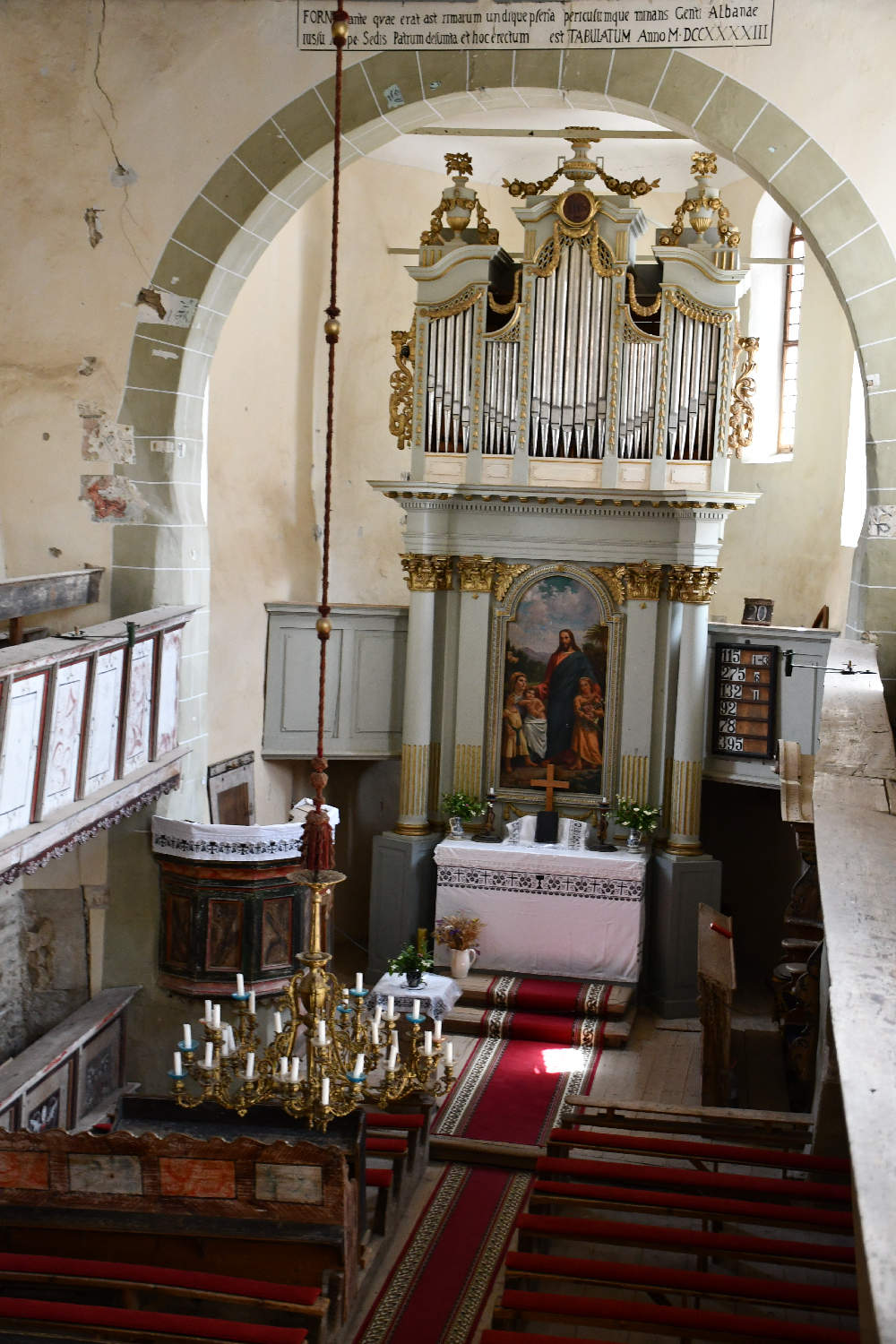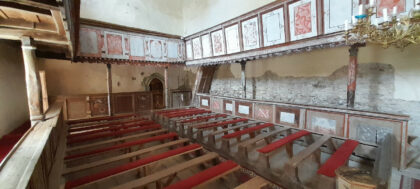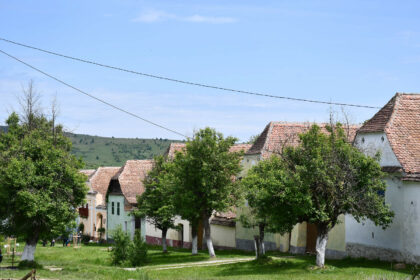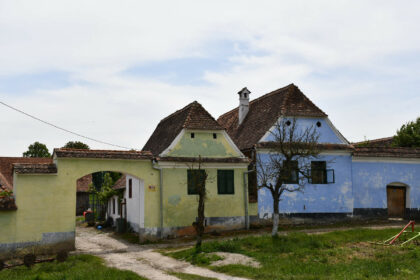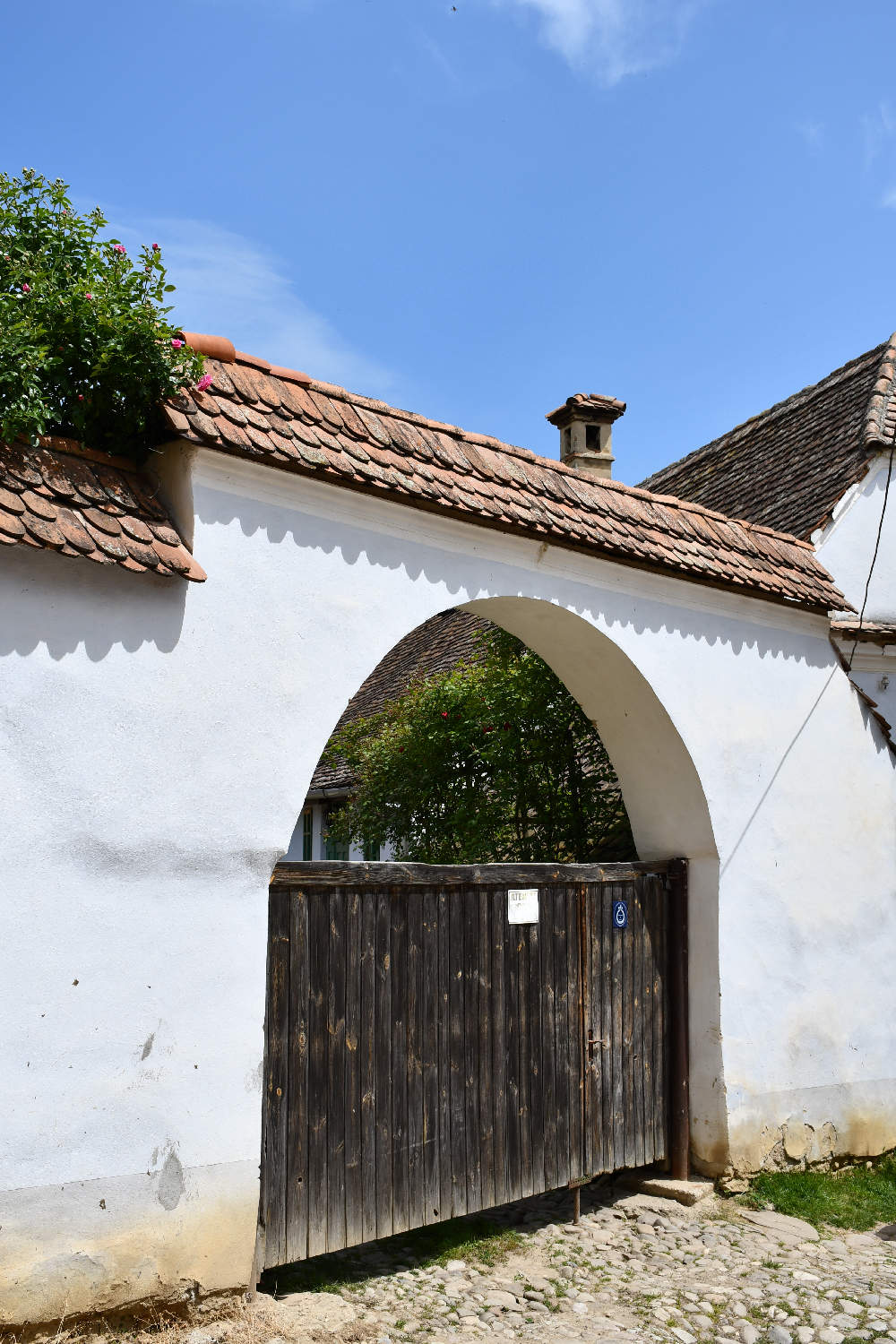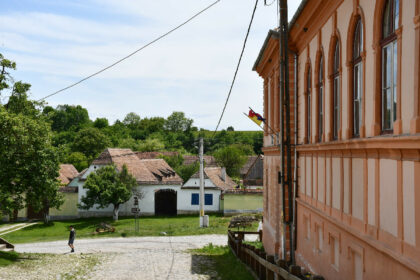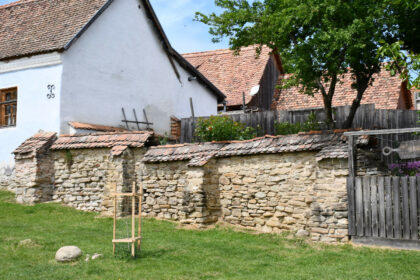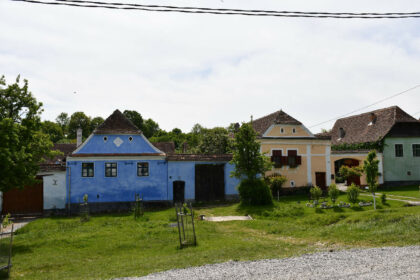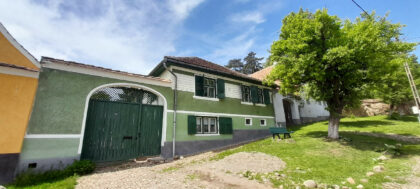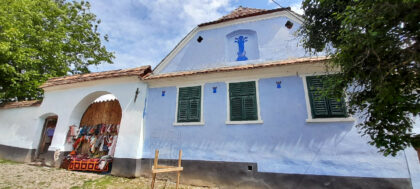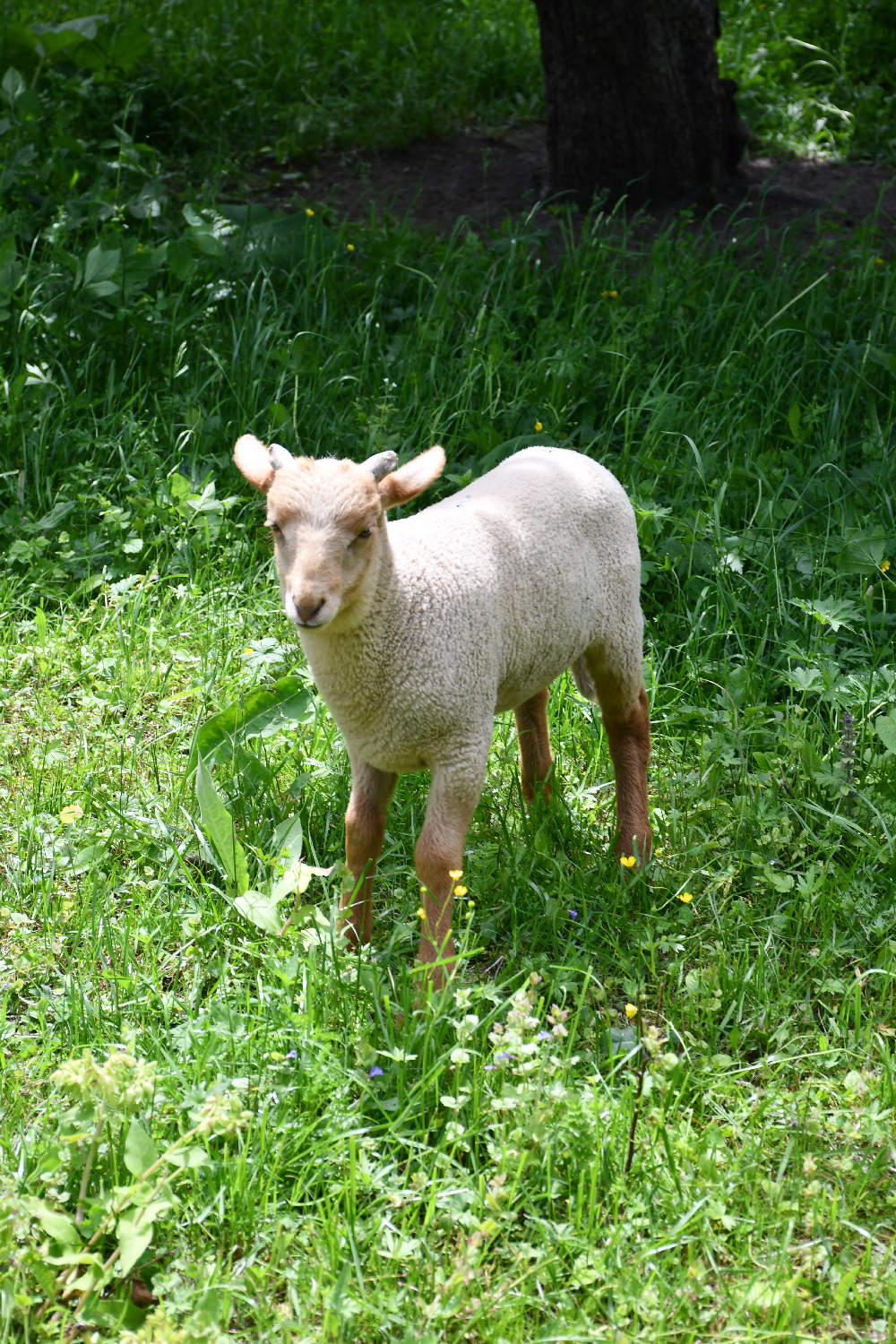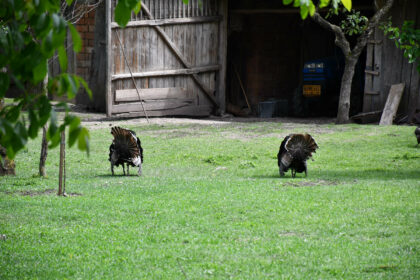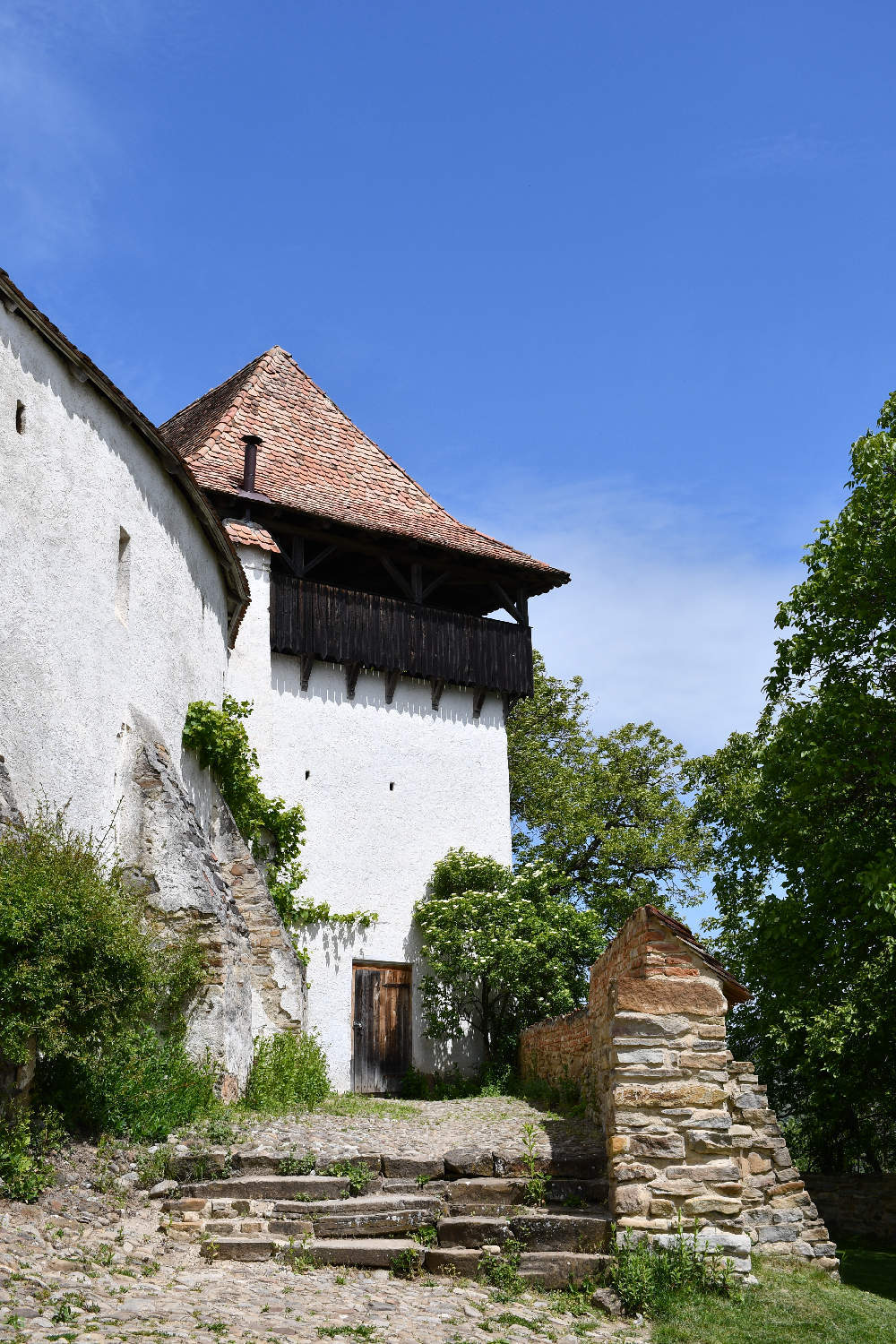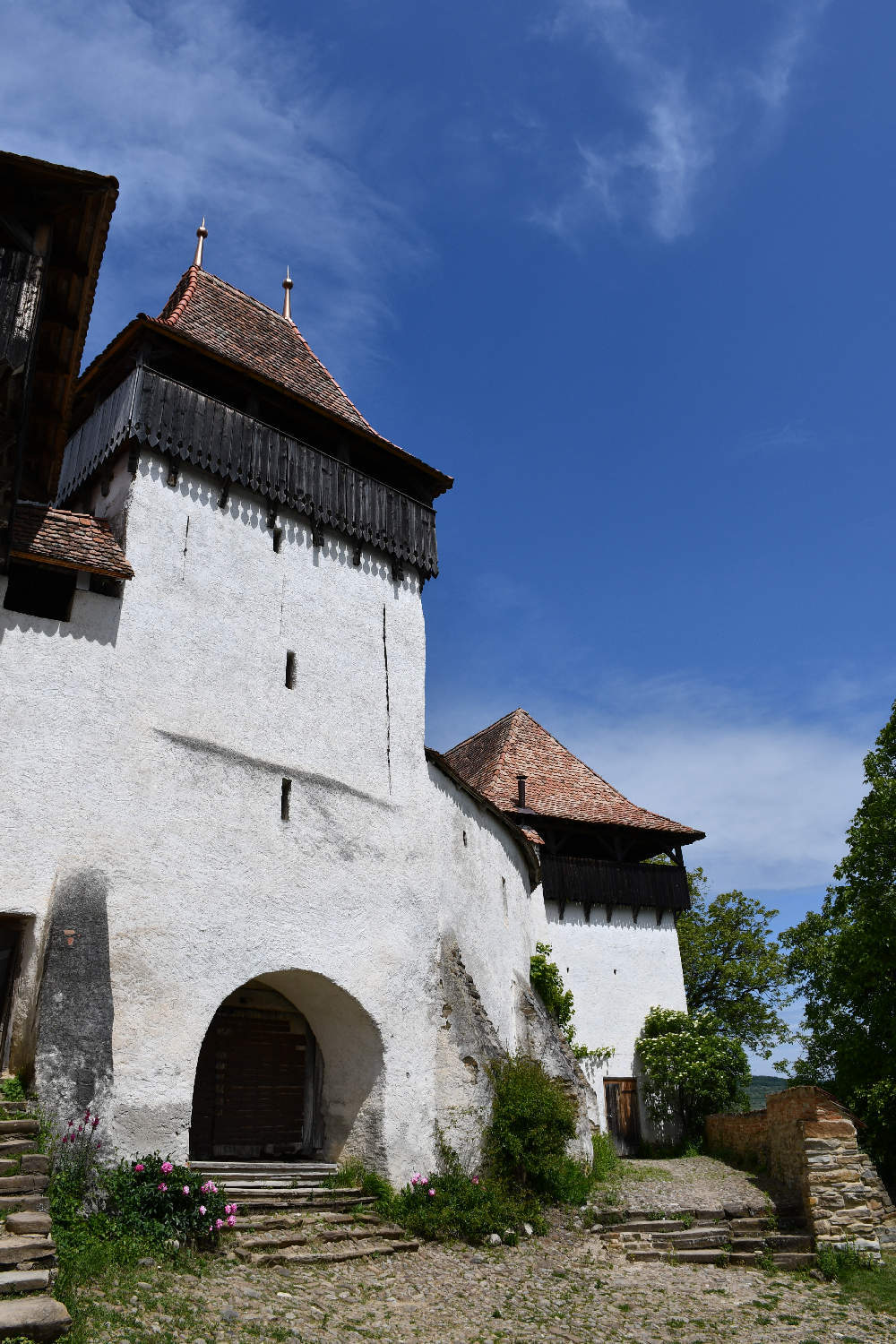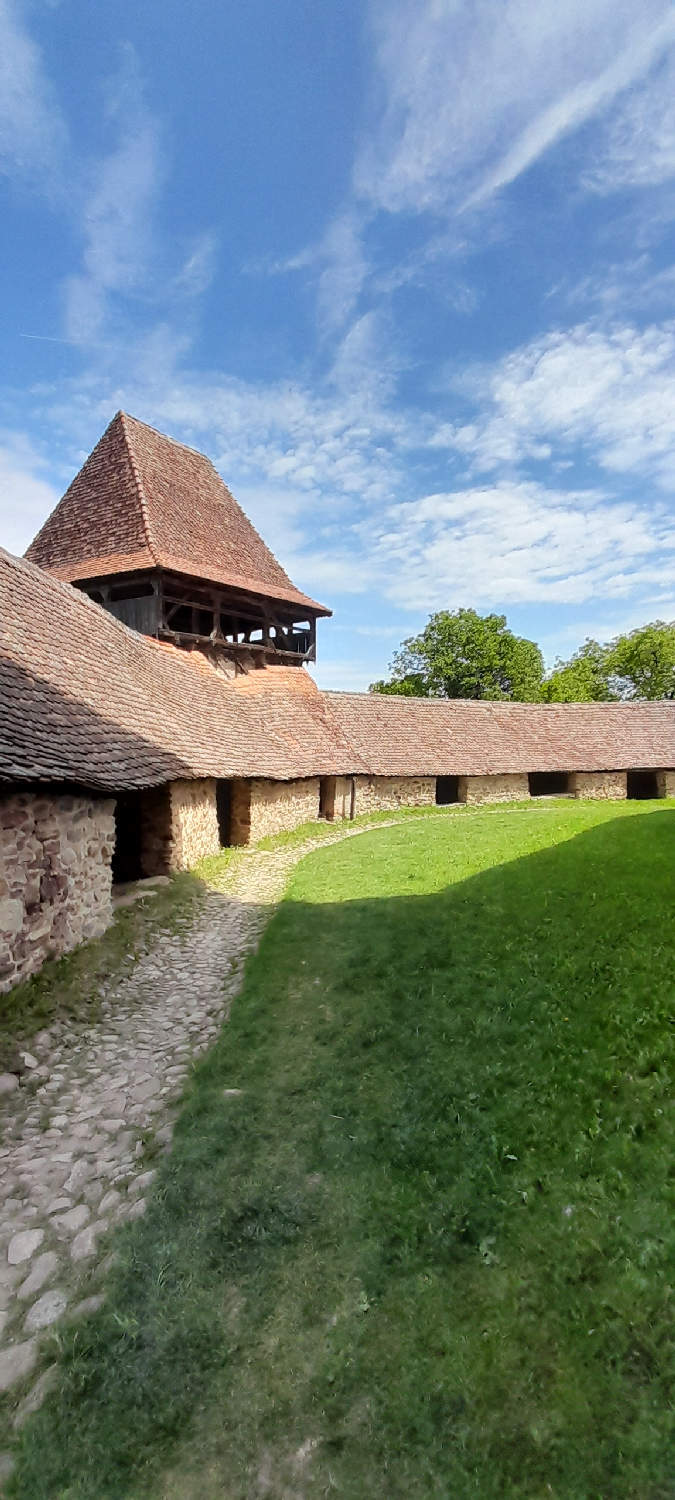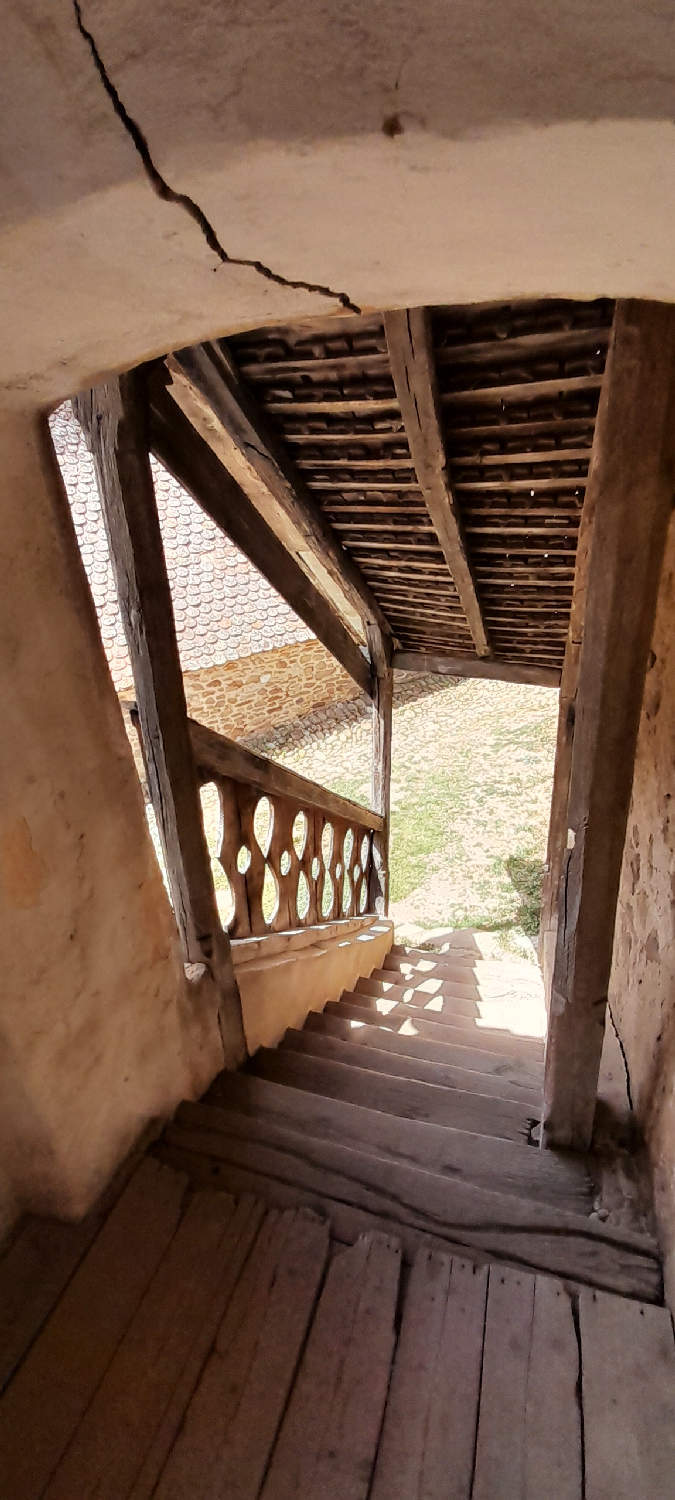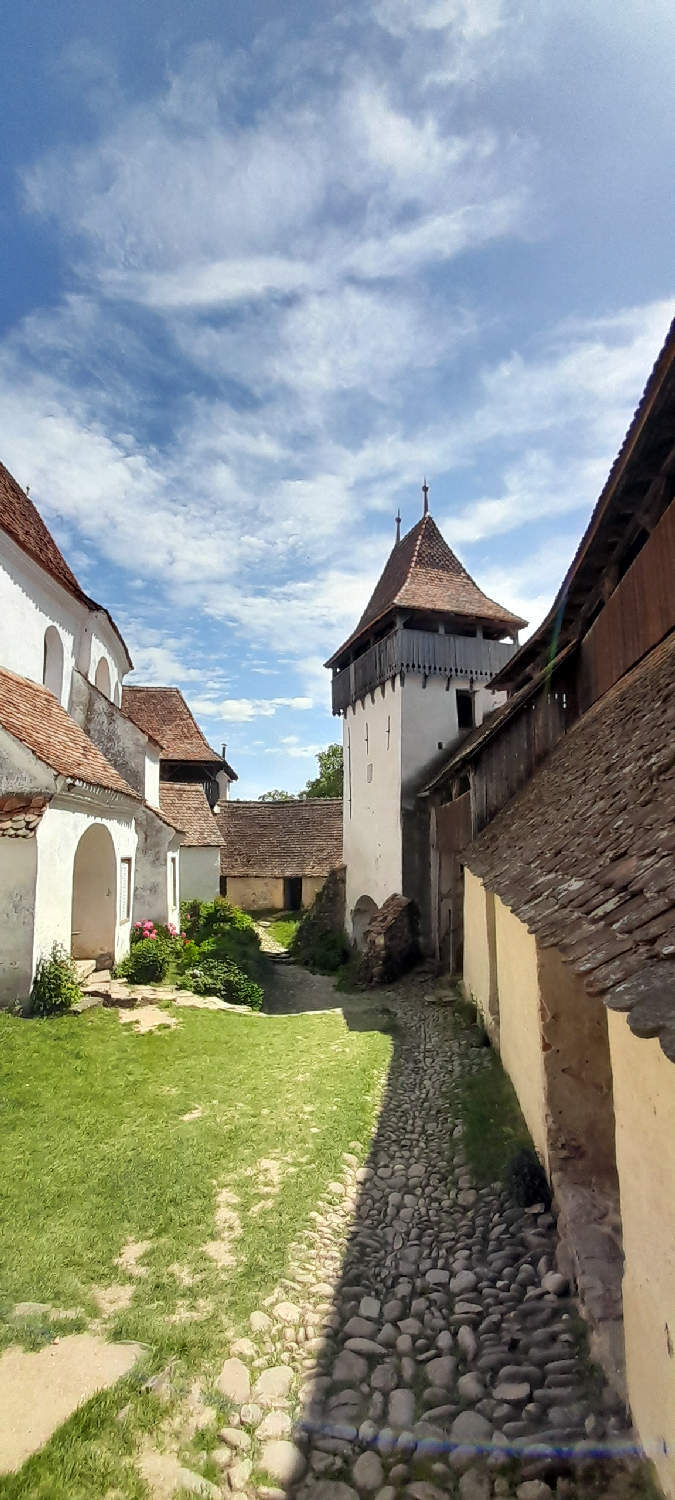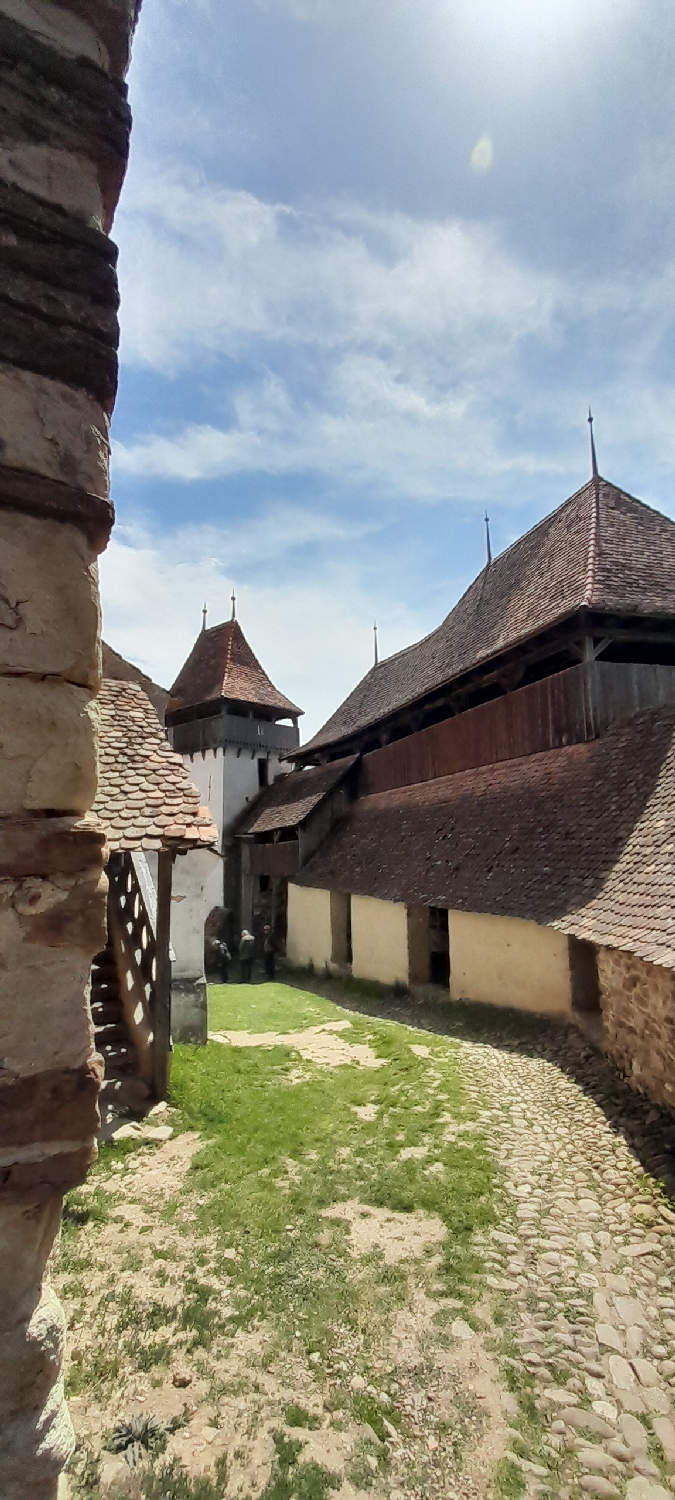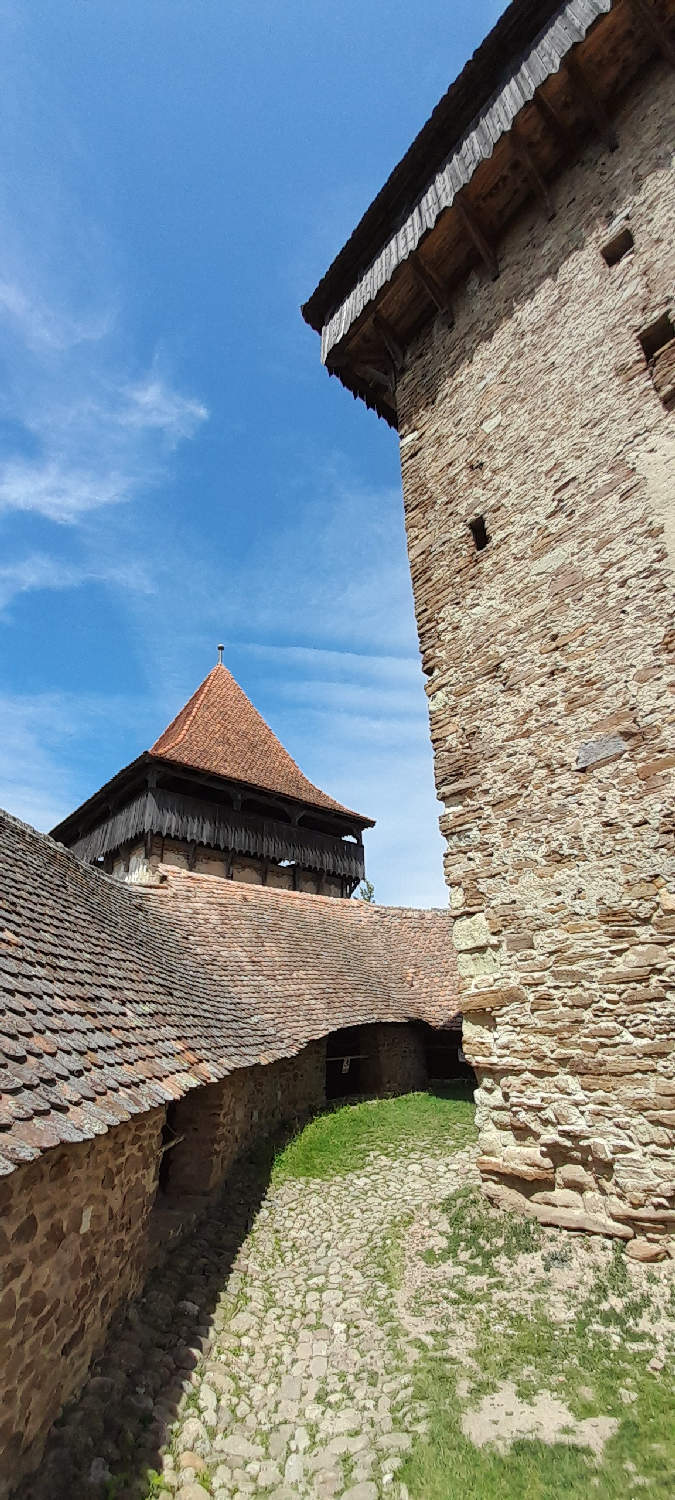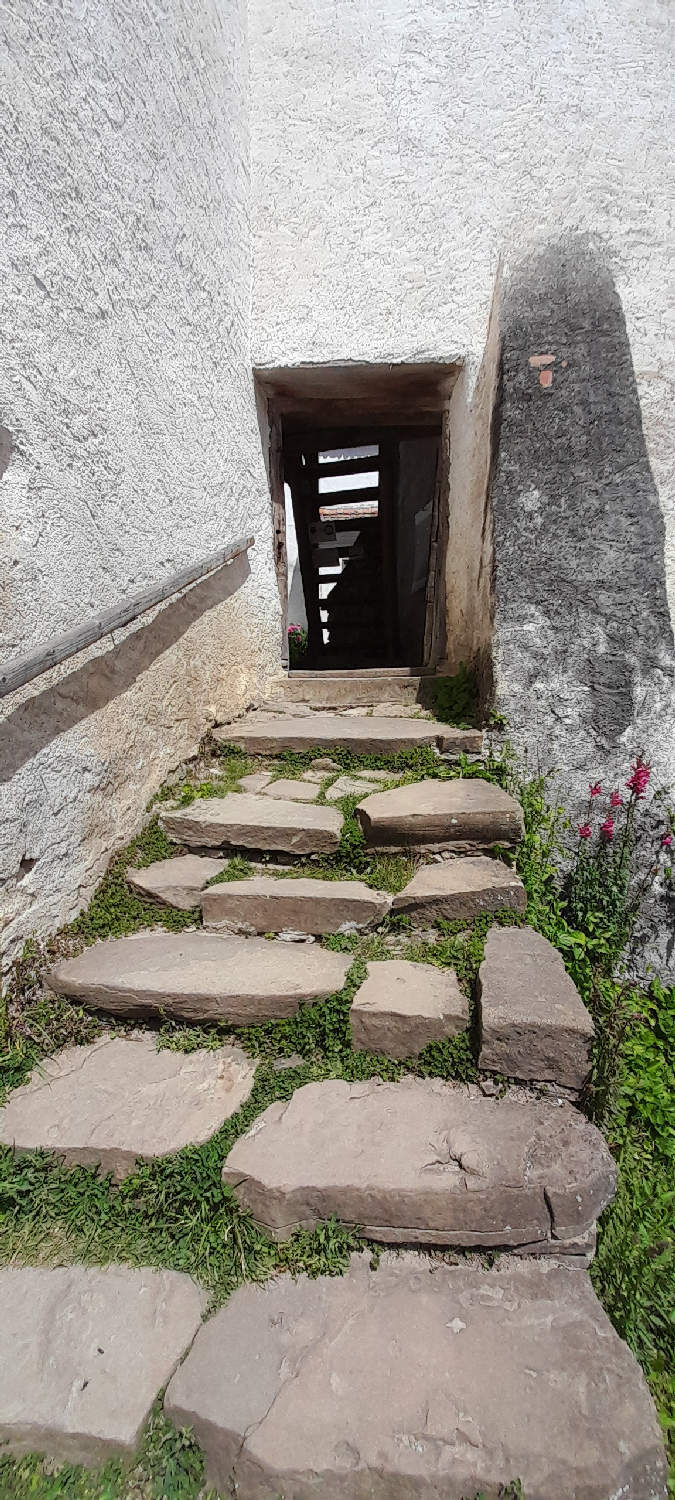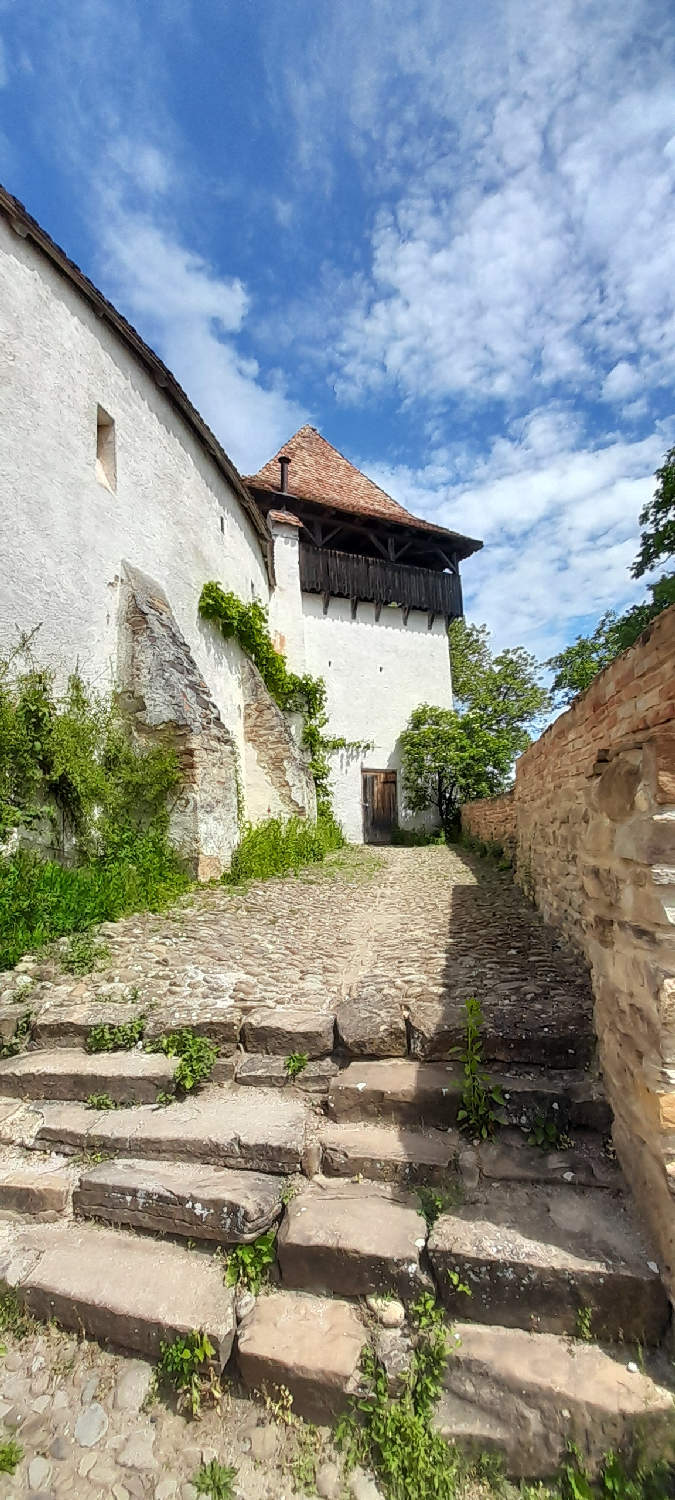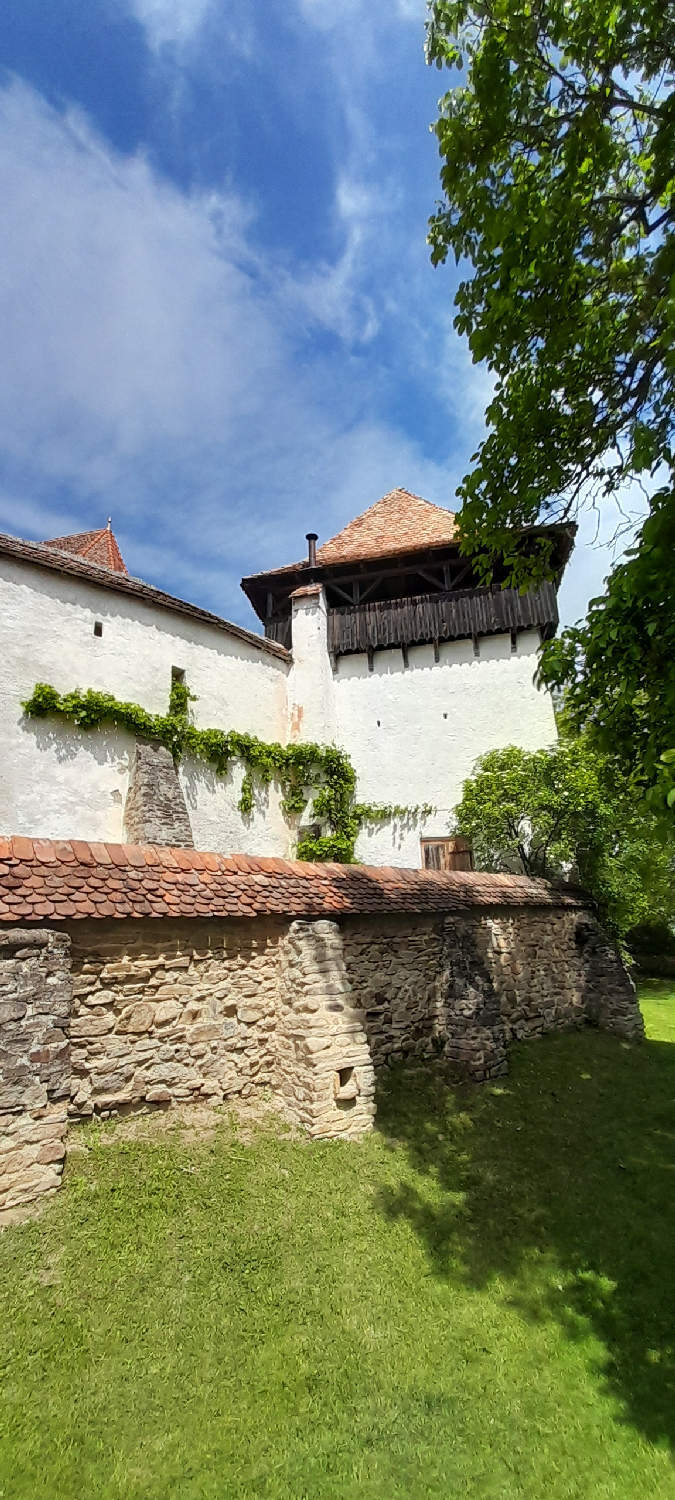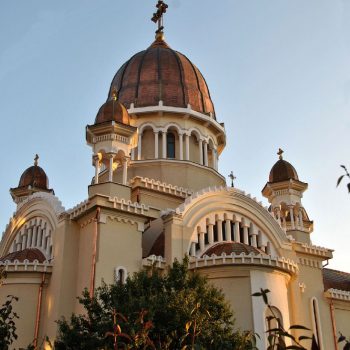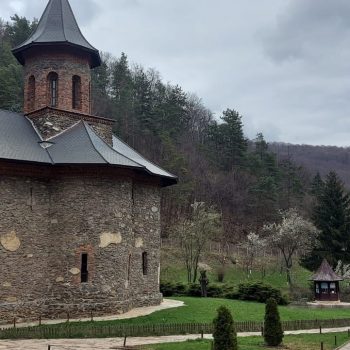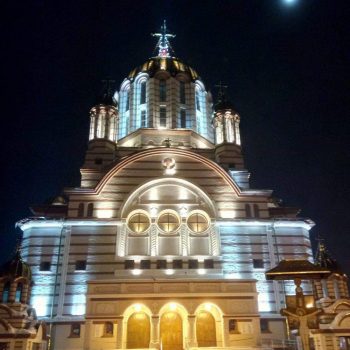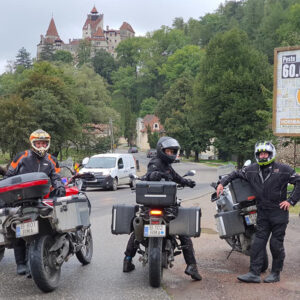Viscri is a small village located in the heart of Transylvania, Romania, known for its stunning architecture, rich history, and breathtaking natural beauty. The village of Viscri is located in the commune of Bunești and has its origins in the 12th century, when the Szeklers were brought here to guard the eastern border of the kingdom. They built a white-green limestone church, from which the name of the locality was given in Hungarian and German.
County: Sibiu
Images: red_frog | gooutromania
Details
The church was built of river stone and sand and was built by the German community, the Transylvanian Saxons, at a time when the area belonged to the Kingdom of Hungary (1000-1301). Originally Roman Catholic, the fortified church became Lutheran after the Reformation. The Evangelical fortified church of Viscri was built in the 13th century on the basis of an old Roman basilica dating from the 12th century.
The ensemble of the fortified evangelical church consisting of the church, the fortified enclosure, with a defensive road, two towers, two bastions, gate tower is a historical monument. Since 1999 the church has been a UNESCO World Heritage Site. The church hall was built by the Sects and later taken over by the Saxons.
In the churchyard, there is also a museum with various Saxon objects: traditional costumes, embroidery, looms. There is also an exhibition of traditional and modern terracotta.
Here are some fascinating facts about this charming village:
– Medieval Architecture – Viscri is home to some of the most well-preserved medieval architecture in Romania. The village features several fortified churches, towers, and houses, which date back to the 13th century.
– Saxon Heritage – Viscri has a significant Saxon population, which has shaped the village’s culture, language, and traditions. The Saxons were German settlers who arrived in the region in the 12th century.
– UNESCO World Heritage Site – Viscri’s fortified church was designated a UNESCO World Heritage Site in 1993, recognizing its cultural and historical significance.
– Natural Beauty – The village is surrounded by rolling hills, forests, and meadows, making it a haven for nature lovers and outdoor enthusiasts.
– Cultural Events – Viscri hosts various cultural events throughout the year, including traditional festivals, concerts, and exhibitions.
– Hiking and Outdoor Activities – Visitors can explore the surrounding countryside on foot or by bike, enjoying scenic trails, forests, and picturesque villages.
– Wildlife – The area is home to a variety of wildlife, including deer, wild boar, and birds.
– Traditional Crafts – Viscri is famous for its traditional crafts, such as woodcarving, pottery, and textiles.
– Local Cuisine – The village is renowned for its hearty traditional dishes, such as sarmale (stuffed cabbage rolls), mămăligă (polenta), and ciorbă (sour soup).
– Tourist Information – The village has a tourist information center that provides maps, guides, and information about local attractions and activities.
Viscri is a hidden gem in the heart of Transylvania, offering visitors a unique blend of history, culture, and natural beauty. If you’re interested in exploring this charming village, I recommend adding it to your travel itinerary!
Our UiR database: search results for „Viscri”



